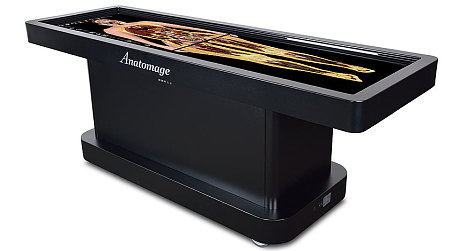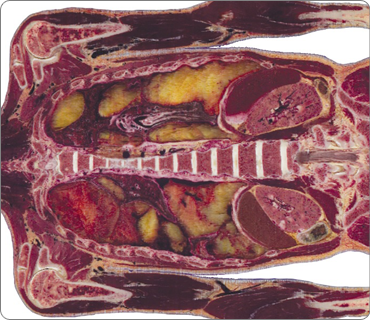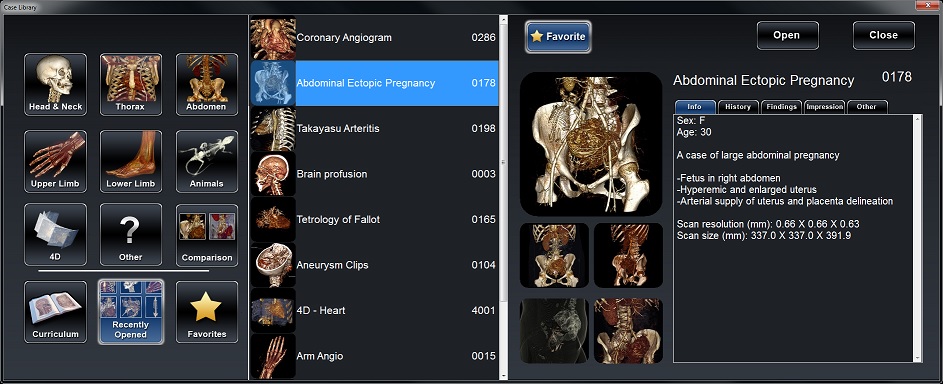It sounds like something right out of a horror movie but there is really nothing macabre about it. “Reusable Cadaver” is just the nickname that medical students gave to the Anatomage virtual autoptic table. The technology behind it may soon make it possible to acquire a full 3D scan of a human body to obtain perfect blueprints that would allow for the reproduction of custom bone implants through 3D printing.
It is a powerful yet simple concept. As reported by The Telegraph, experts at the University of Nevada are in talks with the US Military to create a “virtual twin” to every soldier, with perfect 3D scans of every part of their bodies, so that – whenever the technology allows it – they can be replicated, in case of injury on the battlefield.

That table can use real humans as well as pre-loaded models. This is what gave Dr. James Mah, Director of Advanced Education Program in Orthodontics at the University of Nevada, the idea to use it as support for soldiers on the battlefield.

Current technology already allows us to 3D print perfect titanium bone implants with geometries that can let the biological bone grow on and over it. Biotechnological advances might soon give us the ability to 3D print even more complex organs and tissues. Having a 3D scan of each body layer and organ shape handy is the first step.
In fact, while this technology would have obvious advantages in the battlefield, like many other technologies it will make its way from the military to civilian hospitals. Surgeons currently have to refer to old photographs and videos whenever they have to perform a complex reconstructive surgery after an accident. I’m pretty sure that soon enough we are all going to have undergo full 3D body scans as a medical requirement.



